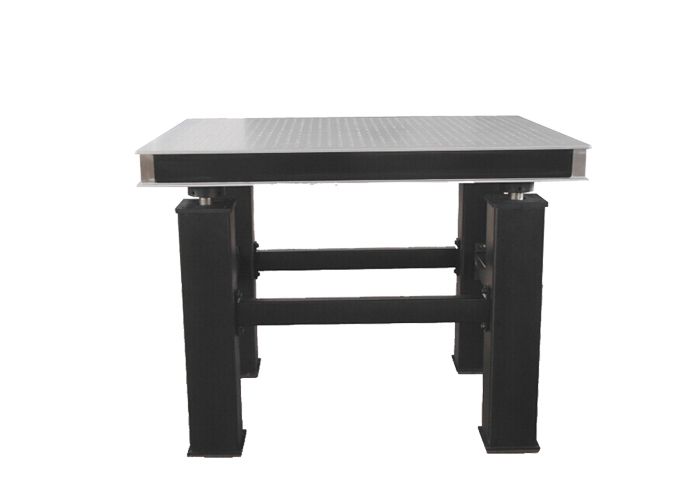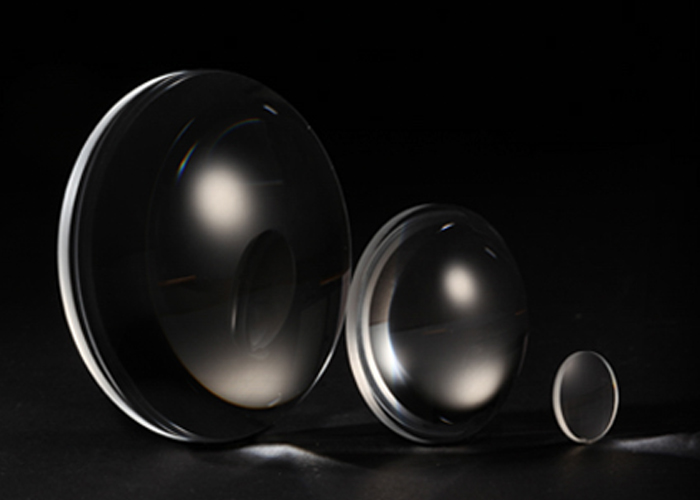Precision optical experiments rely on reliable positioning stability, and vibrations in and around the work area can cause relative motion between optical components, resulting in unacceptable deflections, which can lead to blurred images of the acquisition, spot deflections resulting in the inability to collect data or inaccurate data acquisition, etc. Therefore, the choice of optical stages plays a crucial role in improving experimental accuracy. Such stages are usually available in several grades, determined by their damping levels.
Optical platform, also known as optical breadboard, optical desktop, scientific desktop, experimental platform, for horizontal, stable table, the general platform needs to be vibration isolation and other measures to ensure that it is not disturbed by external factors, so that scientific experiments are carried out properly. At present, there are two categories of active and passive. And there are two categories of passive: rubber and air float.
Basic optical stages for general use are suitable for quiet environments, providing little or no vibration damping mechanisms, but their honeycomb composite structure can accommodate general optical experiments that are relatively insensitive to vibration, such as spectroscopy, velocimetry, and phase-independent applications.

Platforms with intermediate vibration isolation performance typically incorporate broadband damping or moderate levels of tunable dampers to reduce the compliance of the platform to perturbations. Such platforms are often preferred for experiments in bioimaging, Raman spectroscopy, microlocalization, and machining.
For more demanding applications such as interferometry, nanopositioning and imaging, or laboratories with excessive vibration and noise, higher performance platforms should be used to provide maximum damping to provide the quietest platform surface for the application. Such platforms contain more tunable dampers or active dampers
Damping
The most important characteristic of an optical platform or breadboard is its resonant frequency. Resonant frequency and amplitude are negatively correlated, so the resonant frequency should be as large as possible to minimize the intensity of the vibration. Stages and breadboards will vibrate in a specific frequency range. In order to improve performance, the damping effect of each size of platform and breadboard needs to be optimized.
Platform damping needs to be optimized for its thickness/area ratio by performing various tests. Larger area platforms (with sides at least 10 feet or 3 meters long) have a standard thickness of 12.2 inches (310 mm), which improves stability. For smaller area platforms, the thickness can be 8.3 inches (210 mm) or 12.2 inches (310 mm), or larger sizes can be customized.













